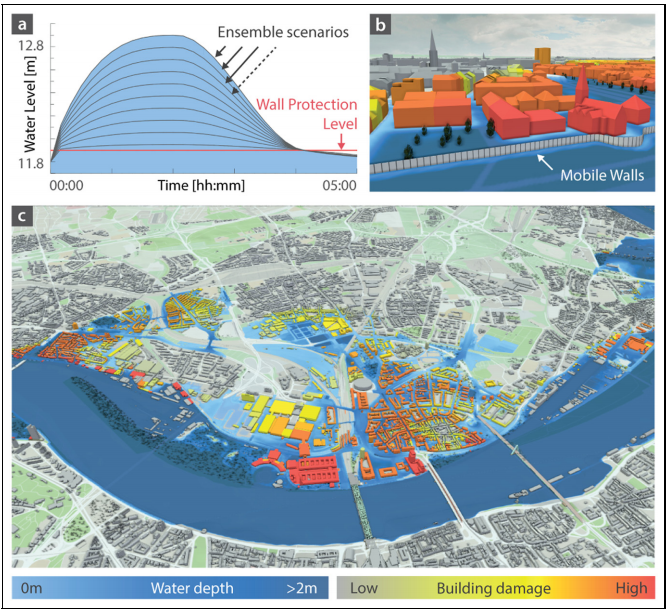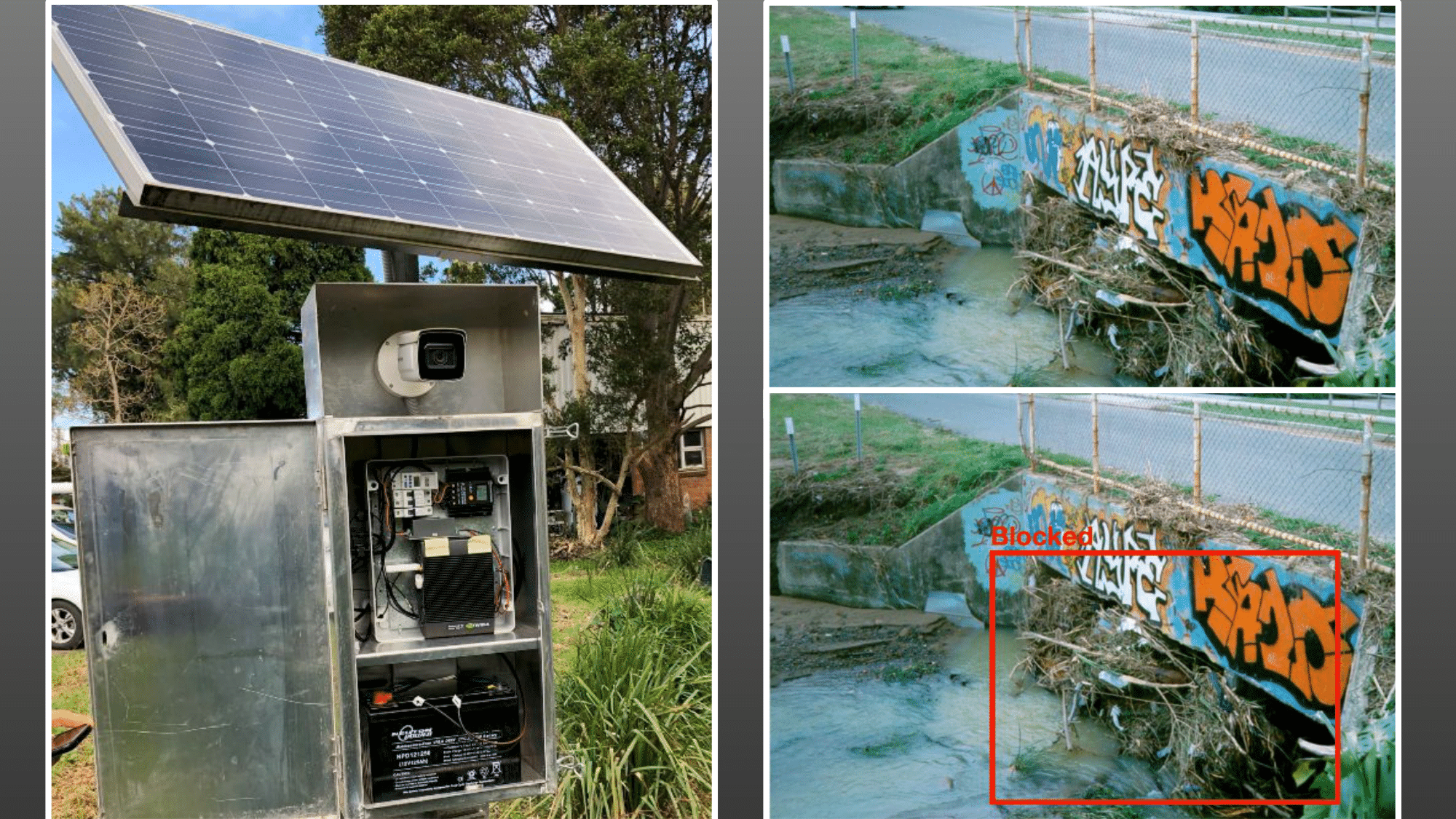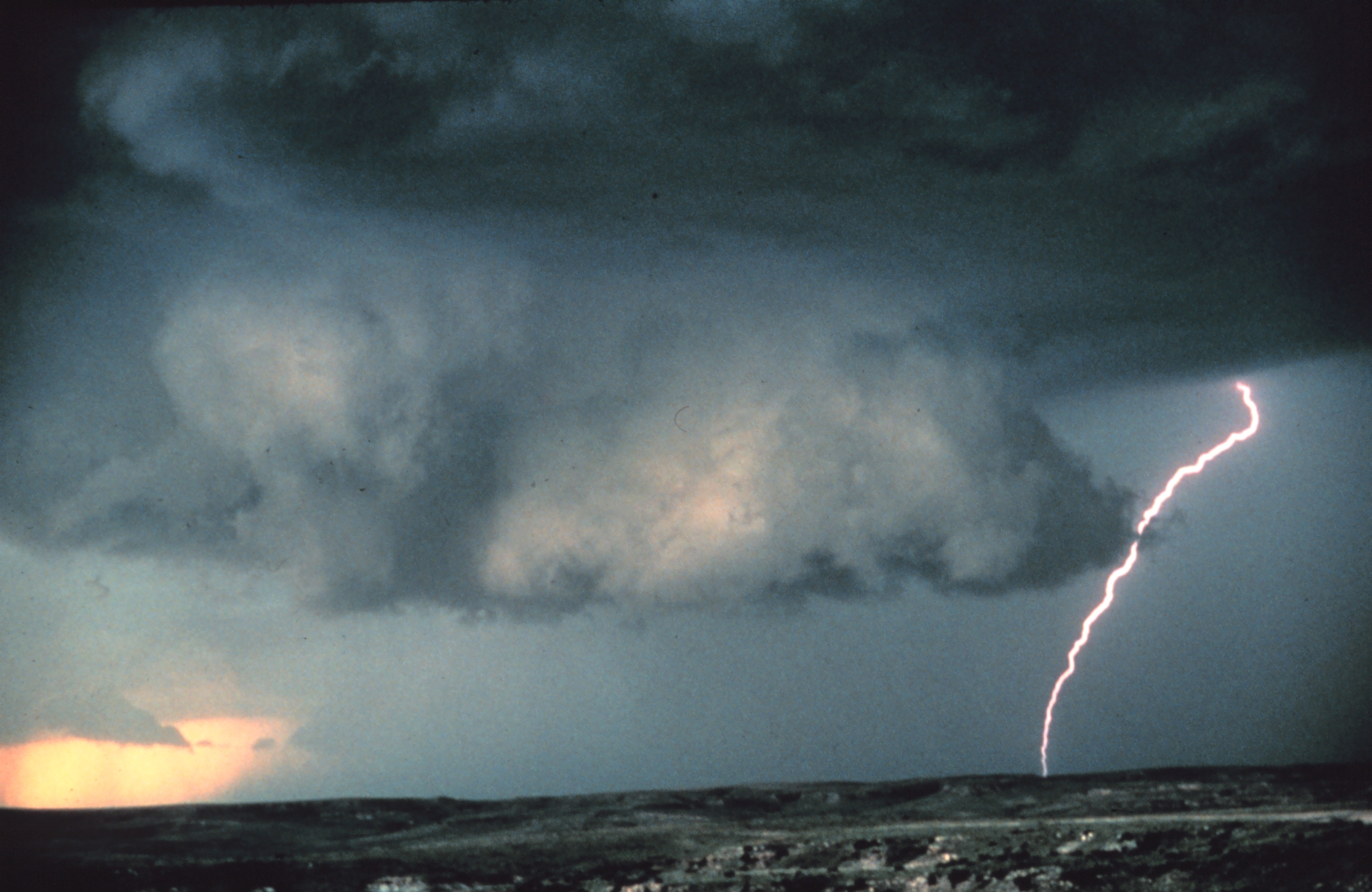Flood risk assessment is important in minimizing damages and economic losses caused by flood events.
A team of researchers from Vienna University of Technology and visual computing firm VRVis, are using GPUs to run fast simulations of large-scale scenarios, including river flooding, storm-water events and underground flows.
The researcher’s primary interest is in decision-making systems, where they evaluate many different scenarios and select the solution with the best outcome, which is usually very computationally expensive. Therefore, simulation runs need to be as fast as possible to reduce the overall time required to find the best solutions.

In their real-world test case, the researchers used CUDA and a GTX TITAN GPU to simulate the overtopping of mobile flood protection walls in Cologne, Germany. The overtopping happens when the water in the Rhine River raises above 11.9 meters.
Read the research paper >>
Related resources
- GTC session: Strategies for the GPU Implementation of the OVERFLOW CFD Code
- GTC session: Using Next-Generation Geospatial Applications and 3D Visualizations to Improve Climate Risk Resilience Strategies
- GTC session: A ROMS-Compatible, Ocean Numerical Model for the GPU
- NGC Containers: LBPM
- SDK: WaveWorks
- Webinar: Accelerate High-Fidelity Computational Fluid Dynamics with GPUs










